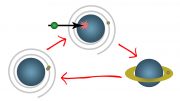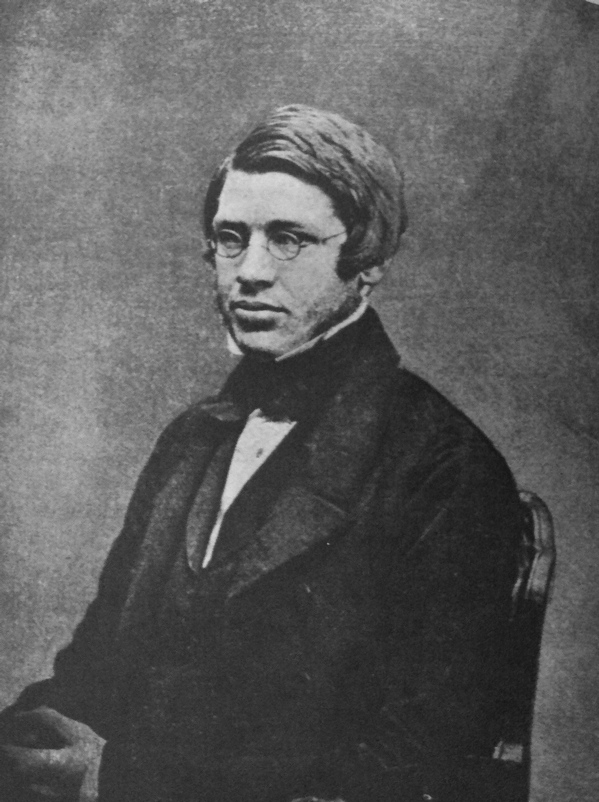Human civilization is a towering monument to the power of our imagination. Our ability to visualize new things was an important adaptation that allowed our ancestors to track and wear down animals that were stronger and faster than themselves. More recently this ability has given us our greatest scientific discoveries, since developing a testable hypothesis depends on being able to ask the question “what if?” Famously, it was Einstein’s wondering about what it would be like to ride on a streetcar travelling at the speed of light that led him to the theory of special relativity.
But, why did the human imagination evolve? What selective pressure directed the evolution of a brain which could daydream and fantasize?
Our ability to imagine isn’t limited to what we know, it can also conjure up entire worlds that may not exist at all, places where people go when they leave us, even places where people might go when they die.
Maurice Bloch, an anthropologist at the London School of Economics believes that the development of the human imagination 50,000 years ago was the reason our ancestors began to develop ideas about an afterlife. He posits that the brain architecture necessary to visualize absent objects gave early humans access to a whole new level of social interaction, which he calls the “transcendental social.” The addition of common deceased relatives, ancient elders and even gods to a social structure could have created shared experiences in tribes living over large distances. Furthermore, instead of being held together by everyday interactions, large groups could hold the memory of a deceased elder or the worship of a spiritual figure in common.
The argument could even be made that similar religious practices could be used to bind groups that did not interact regularly, but interbred on occasion, leading to increased co-operation and support between those groups. This increased interaction, through shared values, would have the potential to help both tribes, through a sharing of resources and genetic diversity.
Over time the exchange of individuals through interbreeding would lead to the exchange of practices, and any group that practiced similar rituals would likely be considered family. This could be thought of as a way of distinguishing your genes by the way people around you behave. If you see someone acting in a way that’s familiar to you, do you not feel more at ease with him or her than if you saw someone acting in a way that’s completely alien?
Put simply, Bloch believes that religion may have developed as a way to provide a common ground between different groups of humans, leading to success through cooperation and genetic diversity.
Sam Harris, an award-winning author and neuroscientist, has an alternative idea about the development of religion in early humans. In a video posted on Bigthink.com, Harris claims that religion is more akin to a primitive science, a way for ancient humans to make sense of their observations about the world in a way their brains could understand.
As an example, a simple thought experiment:
Imagine that you are among the earliest humans. You are hungry because food is scarce and you are struggling to figure out why. The last time you were hungry your group denied you food because you forgot the social order, trying to eat before the leader. Slowly, your burgeoning brain — hardwired for social interaction and ignorant of ecology — begins to put two and two together. Perhaps there is an even greater leader who is withholding food from your entire group because you haven’t been showing the proper fealty. You talk this over with your buddies and before you know it you are all on your knees in submission, offering a sacrifice to this supreme being before you all starve to death.
You have made an observation; taken two things, one you know about and one you don’t and conducted an experiment to see if you’re right. If you eat (whether by virtue of actually being right, or just through dumb luck) you assume you were right and the supreme leader is satisfied; if you are wrong . . . you won’t be around to test an alternative hypothesis.
One cannot really fault our ancestors for thinking that there was a spiritual creature dolling out food in the ancient world any more than one can blame later people for thinking the sun revolved around the Earth. After all, it really, really looks like that’s the way things are. But, while a banana may seem like it was grown without seeds the truth is really much more complex than that.
It is impossible to impart meaningful data from the afterlife and there are few who are willing to experiment when being wrong means starving to death, though attempts have been made. Scientists have done everything from trying to weigh a soul as it escapes from the human body to placing artwork on shelves in operating rooms, trying to confirm out of body experiences, but in the end we are left with the same questions we had back when we first stood up on two legs, and in the absence of any closer observation or experimentation all that we are left with is the power of our imagination.



